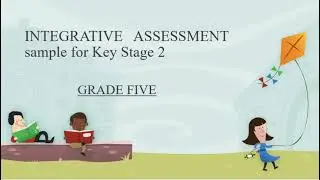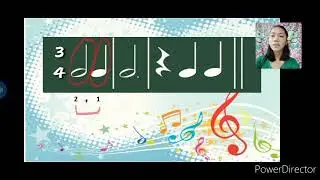Create Rhythmic Pattern in 2/4, 3/4, 4/4, 6/4 time signature
In order to read, identify and transcribe rhythms, you need to become familiar with rhythm notation and rhythm patterns. This mainly involves indicating when a note happens and how long it lasts, and recognizing when you hear a common rhythm. Rhythm occurs within the framework of meter, which is simply a repetitive pattern of strong and weak beats. Here are some common examples of meter:
Two-beat meter: STRONG - weak
Three-beat meter: STRONG - weak - weak
Four-beat meter: STRONG - weak - weak - weak
The meter of a song is indicated by its time signature. The time signature consists of two numbers, stacked one on top of the other. The top number represents the number of beats per measure, while the bottom number represents the note value for each beat. Rhythms are notated using notes and rests. Here are the basic notations for each note, along with its equivalent rest (a rest is silence, when no sound is played)



















